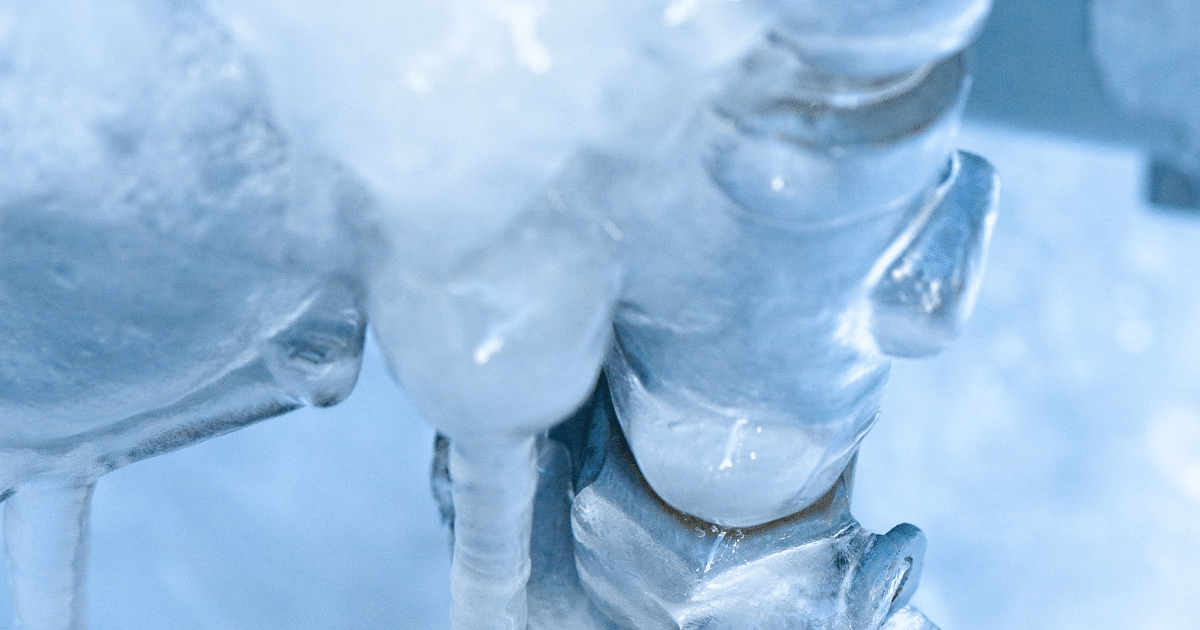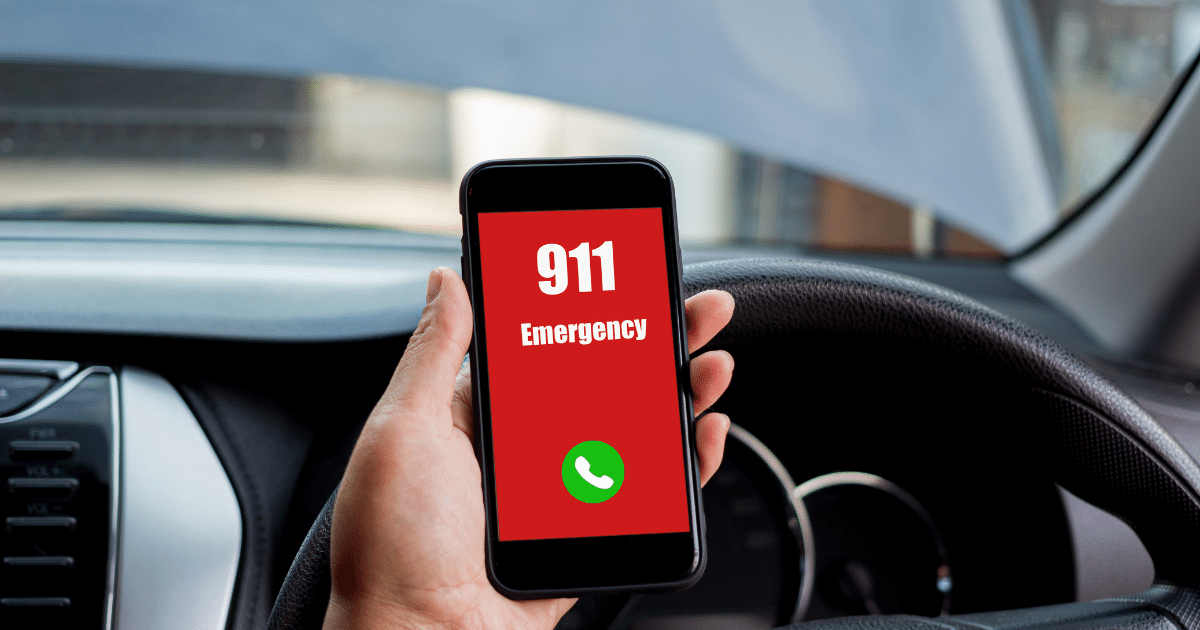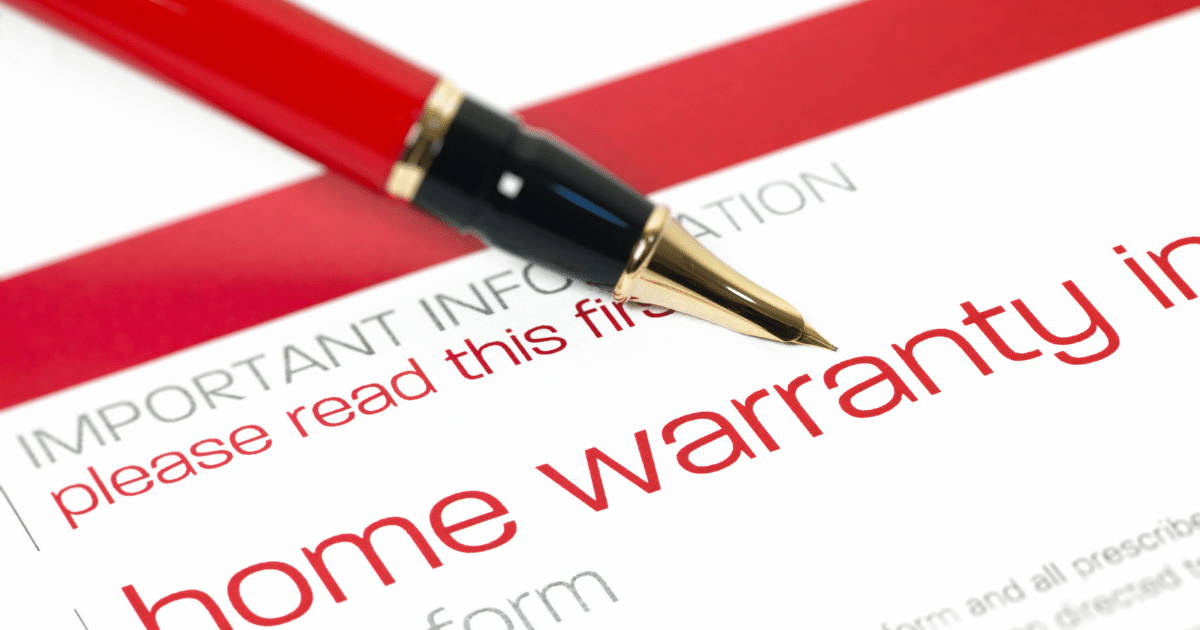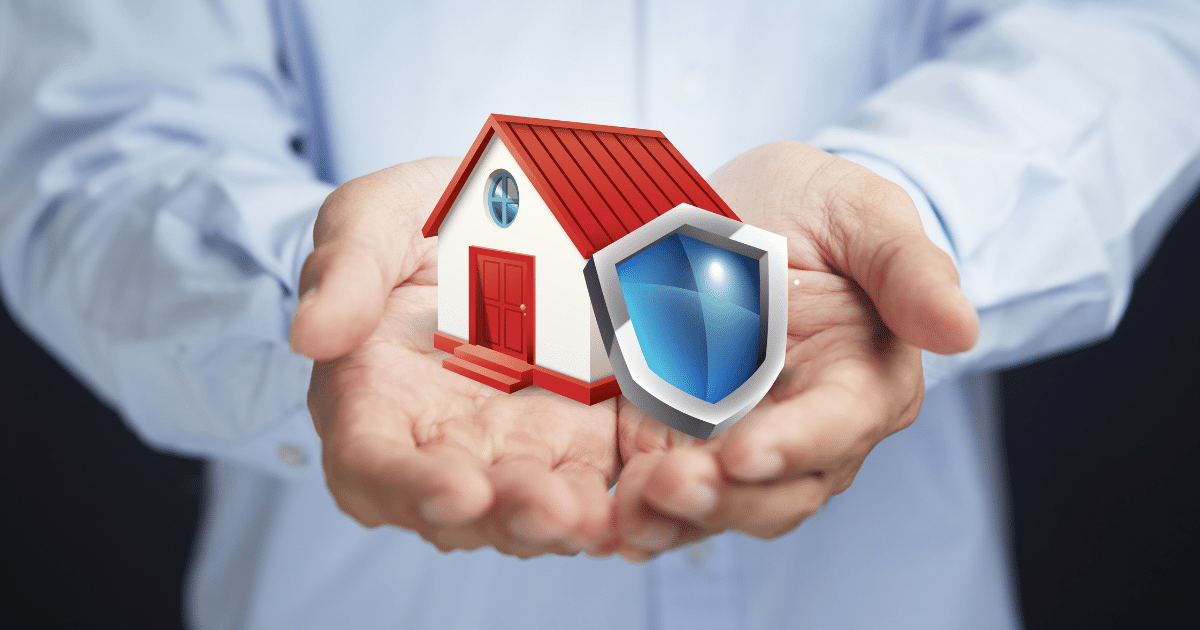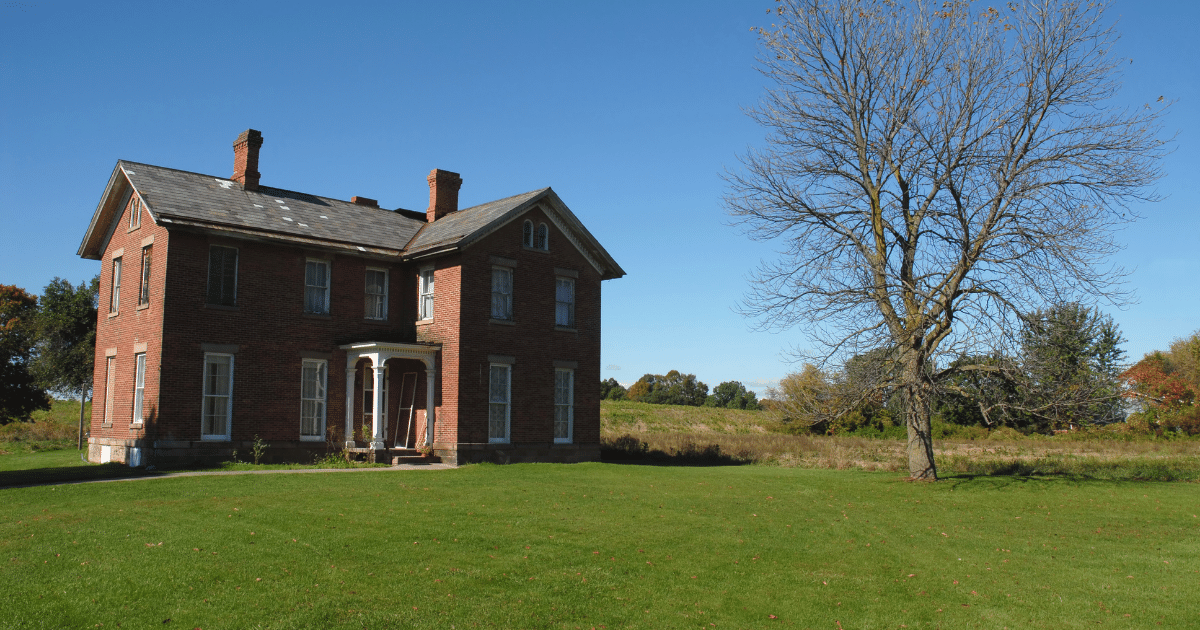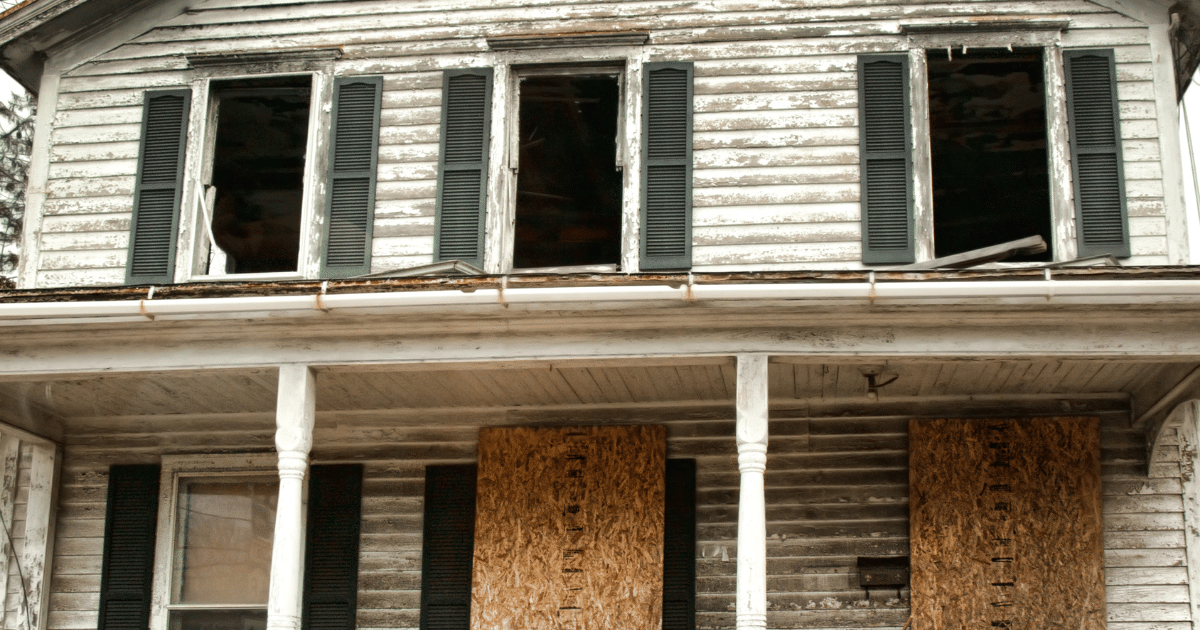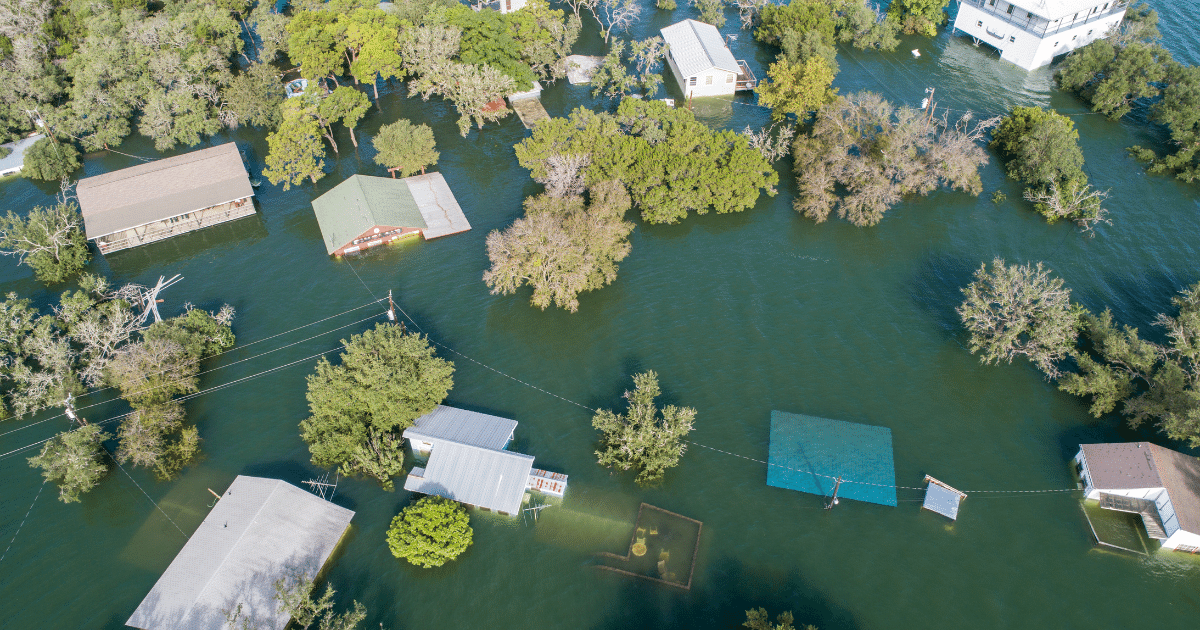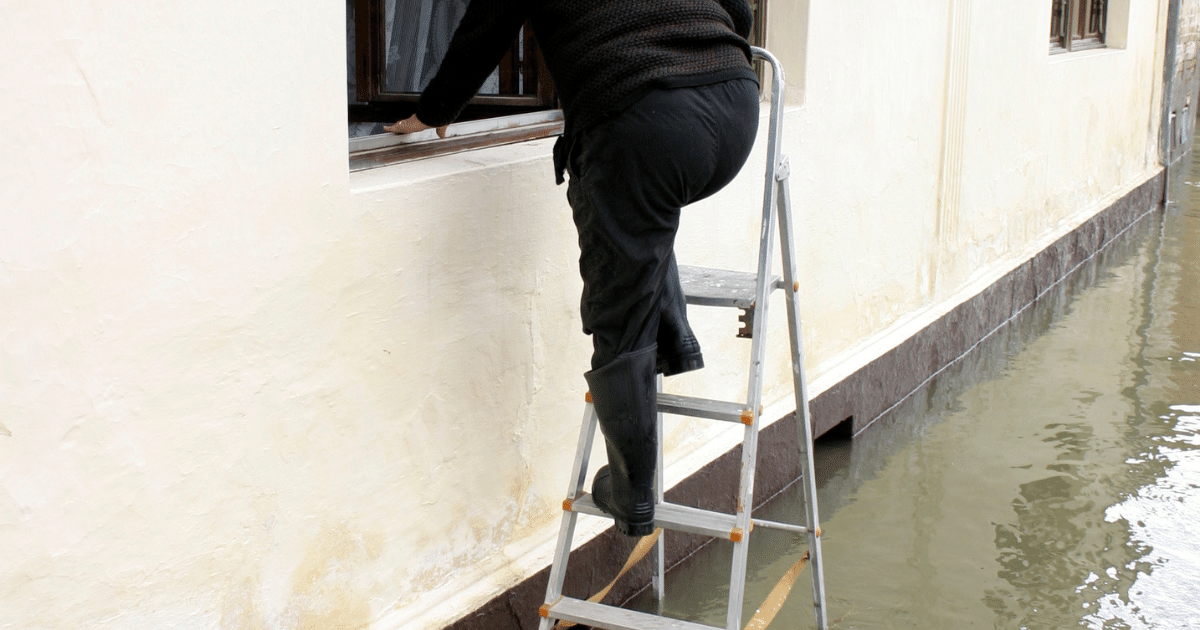Back in the early days of home security “systems,” around the end of World War I, it was common for homeowners to hire “door shakers”—night watchmen who would literally walk around and check doors to make sure they were locked. The most advanced product at the time, according to the Electronic Security Association, was an alarm system that used electromagnetic contacts on doors and windows and rang a bell if disturbed.
Things are just a little bit different now, thanks to expanding technology and decreasing costs. Regular homeowners now have access to the types of tools and systems that were previously attainable only by celebrities and the wealthy.
It’s especially important to be thinking about security with the increase of online shopping. More packages are being delivered on a regular basis and porch pirates can easily swoop in and snatch your new items.
If you’re into tech, you might even find that getting set up is fun. And if you’re into saving money, many companies offer insurance discounts for having specific home-monitoring systems, so check your policy or ask an agent for details.
Here’s a rundown of some of the options you have to protect your home, from all-in-one systems to separate components for do-it-yourselfers.
Full-service systems
There are a number of companies that offer full-service security systems with central monitoring—and the list is growing, with cable and wireless companies (Xfinity, AT&T, etc.) getting into the mix more prominently along with familiar names such as ADT and Brinks. These systems can feature video surveillance, remote access, smoke and carbon monoxide detection, even medical alerts in case you have an emergency. Many now offer home-automation tools so you can control lighting, heating, cooling, and other appliances when you’re away from home.
Most systems also can be configured to send you alerts via text message—so you know when the kids have gotten home from school safely, for example.
Full security systems such as these often have installation costs, along with equipment fees and monthly bills, of course. But if you don’t feel tech-savvy enough to install your own system, you don’t want to deal with the hassle, or you want something with central monitoring, a full system might be right for you.
Do-it-yourself options
If you’d rather set up your own system, many companies offer starter packs with a few components to get you going, allowing you to add what you need and exclude what you don’t. Some provide security features without much in the way of home automation, while others can serve as the hub for a connected home—it’s up to you.
You can create your own custom security system through the use of individual products, too, although you’ll want to ensure everything works together. Here are some of the options on that front:
Smart cameras and sensors
Installing cameras used to mean dealing with bulky equipment and yards of wiring. Today, cameras are unobtrusive, wireless, and capable of much more than previous models. Many are combined with floodlights or doorbells and use motion activation, saving data-storage space and battery power by recording only when there’s a reason to record. Some can send live feeds to you remotely when motion is detected, too. One startup even has motion sensors that don’t use infrared light—instead, they look for disturbances in the wireless signals that bounce around throughout your home.
Keyless entry systems
Even items as basic as the locks on your doors have undergone revolutionary changes. You might not think you need an entry system that relies on a code or a smartphone, but they can come in very handy at times. Say, for example, you need to let a trusted repairman into your home while you’re away, but you don’t want to risk hiding a key outside. With a keyless system (or a hybrid version that uses both keys and codes), you simply provide a temporary code for the repairman to use.
Home automation
Have you ever forgotten to leave a light on while you’re away? Burglars thrive in the dark, and lights both inside and outside your home, along with noise from TVs, radios, etc., can be powerful deterrents. Thankfully, you can have more control than ever—from anywhere in the world. And just like some professionally installed systems or do-it-yourself starter packages, many individual components tie in home-automation features as well.
Of course, there are still some classic tools and techniques you can use to deter crime, no matter how tech-savvy you are: Don’t broadcast on social media when you’re going to be on vacation or away for the night. Keep valuables out of plain sight. Make sure your windows and doors are locked. And don’t forget the security system that will love you back—a watchdog!
